Four
LIBRARIES AND SCHOOLS
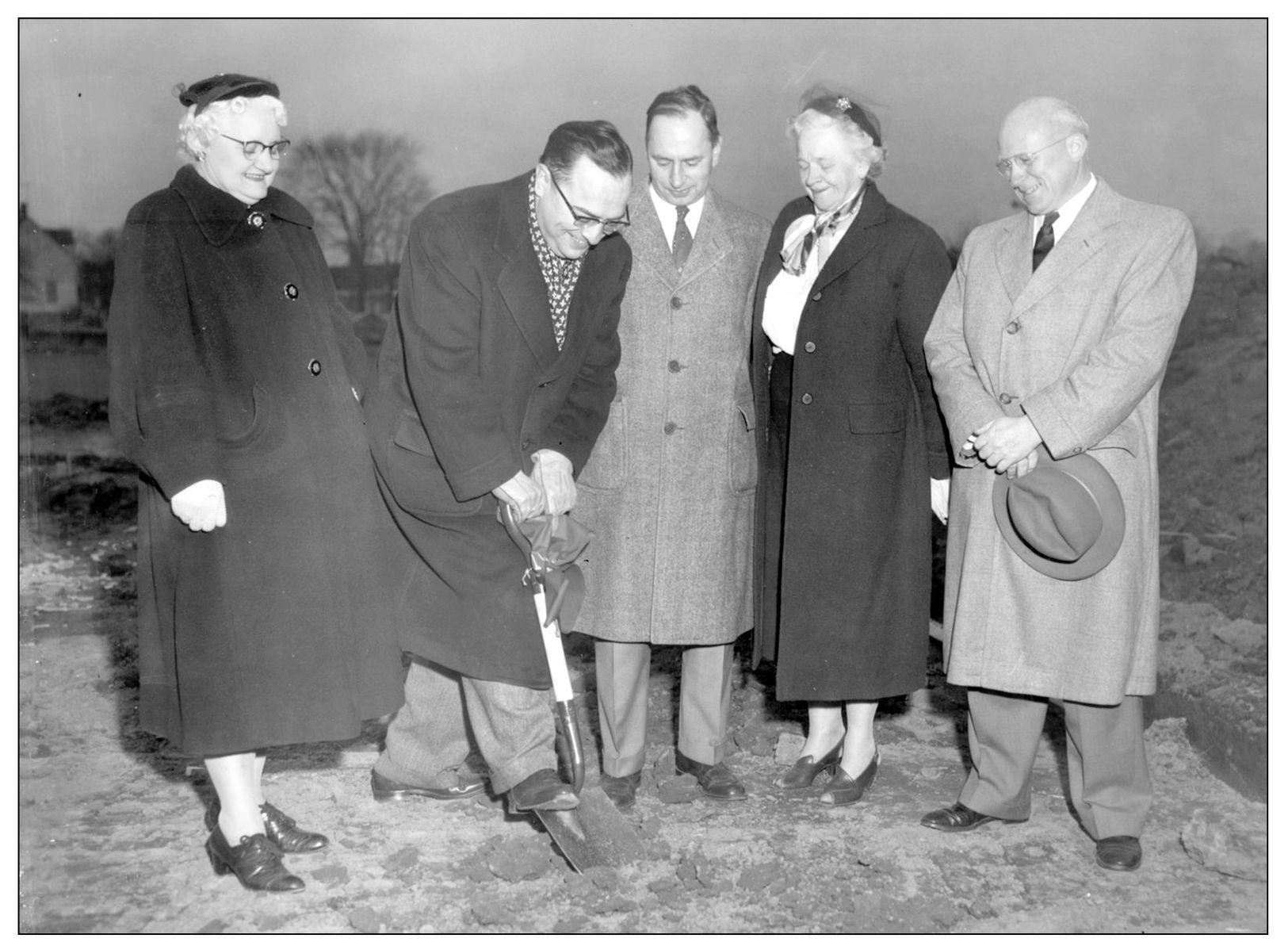
Breaking ground for the new library on November 21, 1955, from left to right are Bernice Happer, Reg Meridew, Theo Hills, Mary Cameron, and school superintendent Lewis F. Mayer. (Cleveland Press Archives, Cleveland State University.)
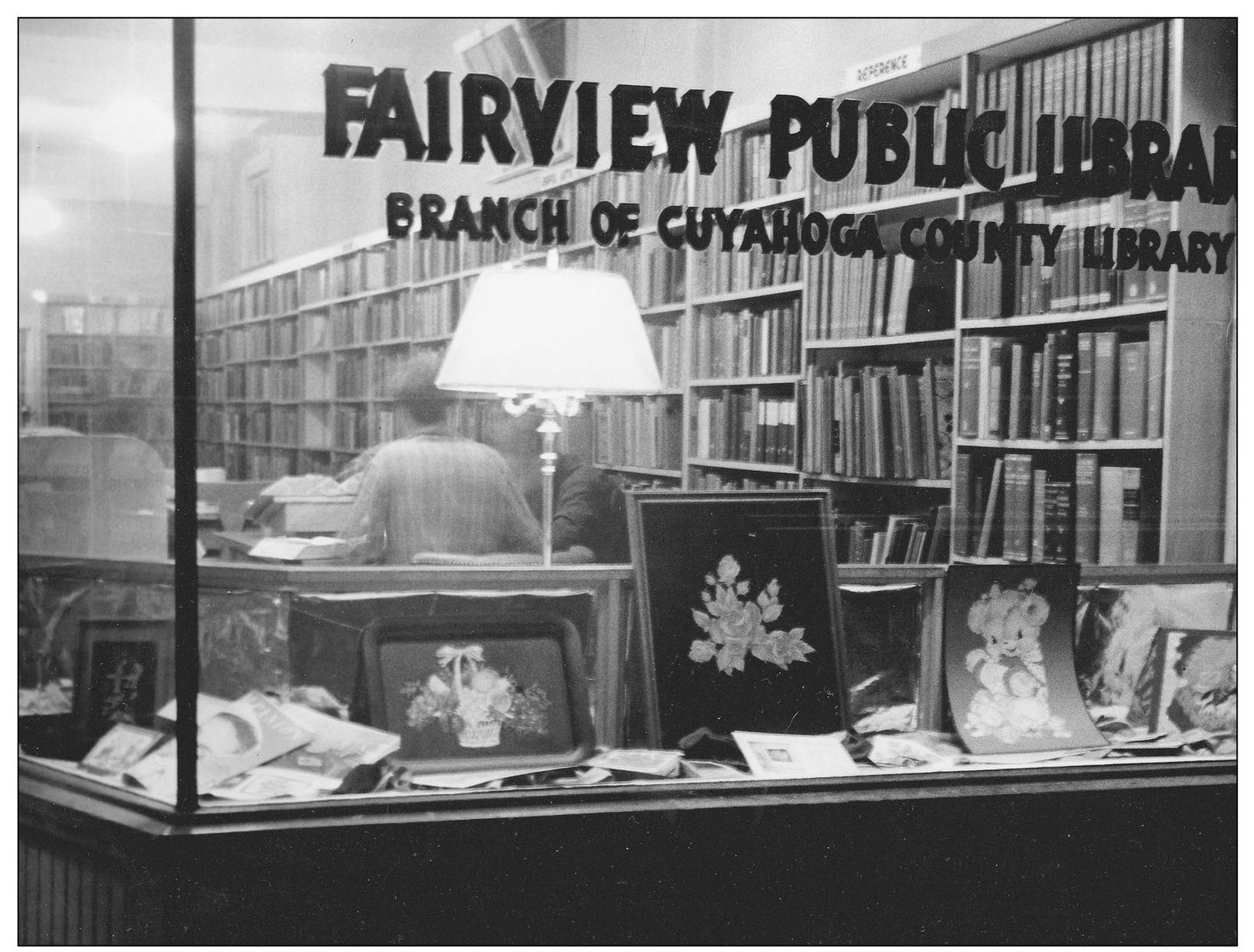
Fairview Park actually outgrew two libraries. This one operated out of a storefront at 21468 Lorain Road from 1942 to 1956. (Fairview Park Historical Society.)
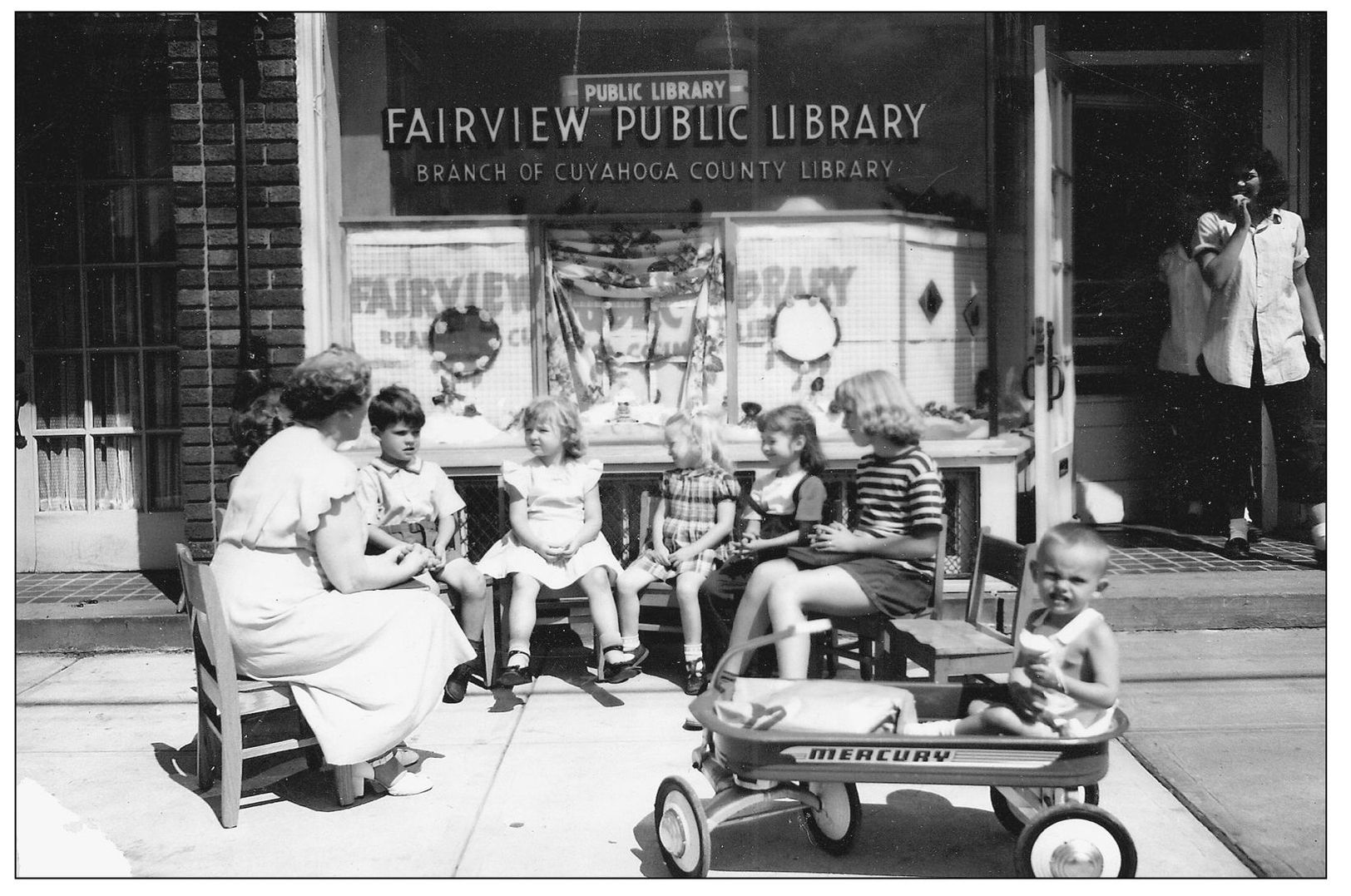
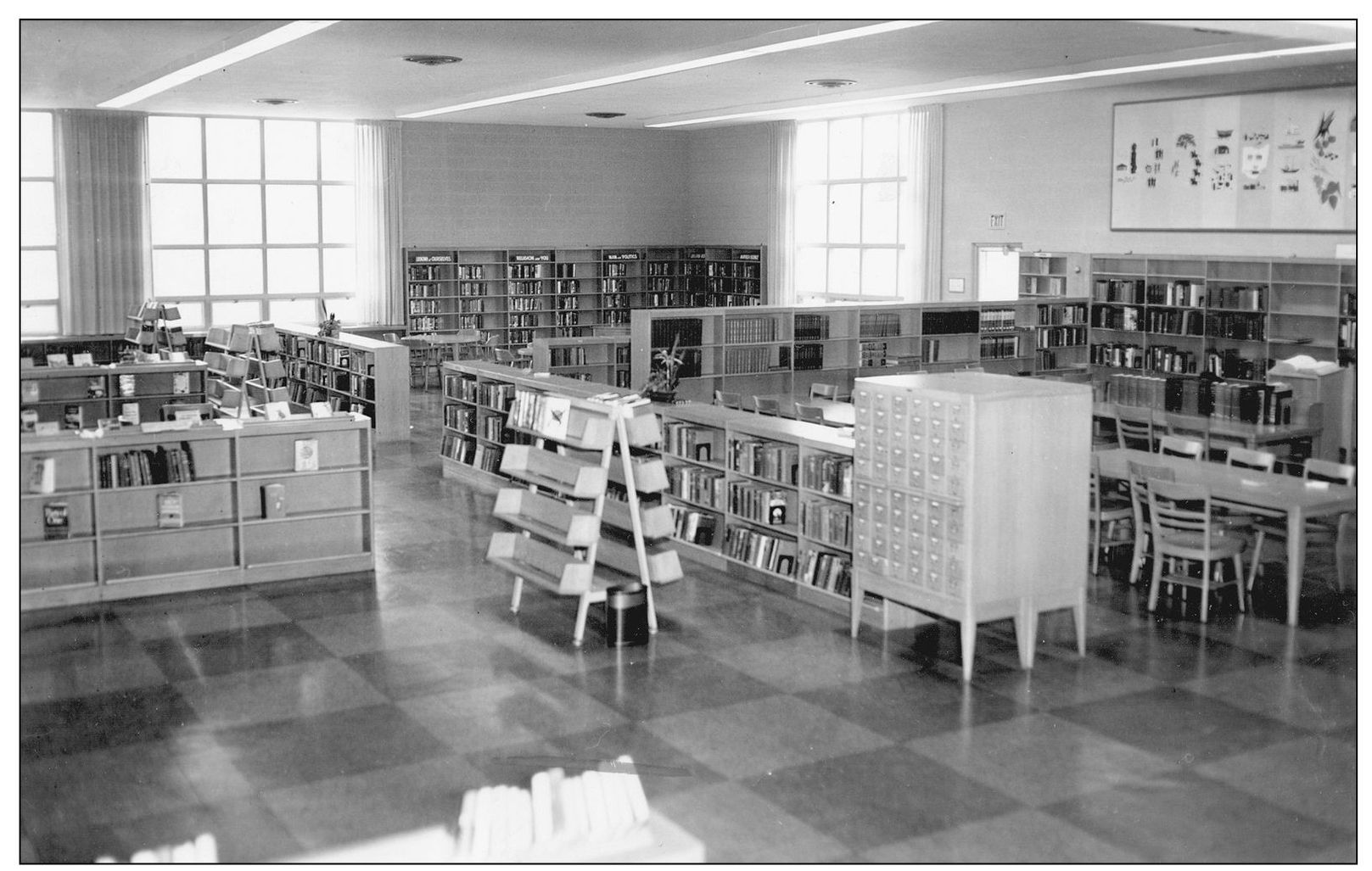
This definitely looks like adequate space for a library in 1957. But longtime users remember the floor space slowly becoming less and less; another rack or bookcase might show up or another table might get moved to storage. Even lounging space to read magazines was slowly shrinking. Eventually, more computer terminals replaced card catalogs. As some of the last open space so vital to libraries for reading and lounging was gobbled up, a much bigger library opened just north of here in 1997. This building sat empty for a few years and for a while was even considered as space for sixth-grade classes. That never happened, and the building was eventually demolished for the recreation center. (Cleveland Press Archives, Cleveland State University.)
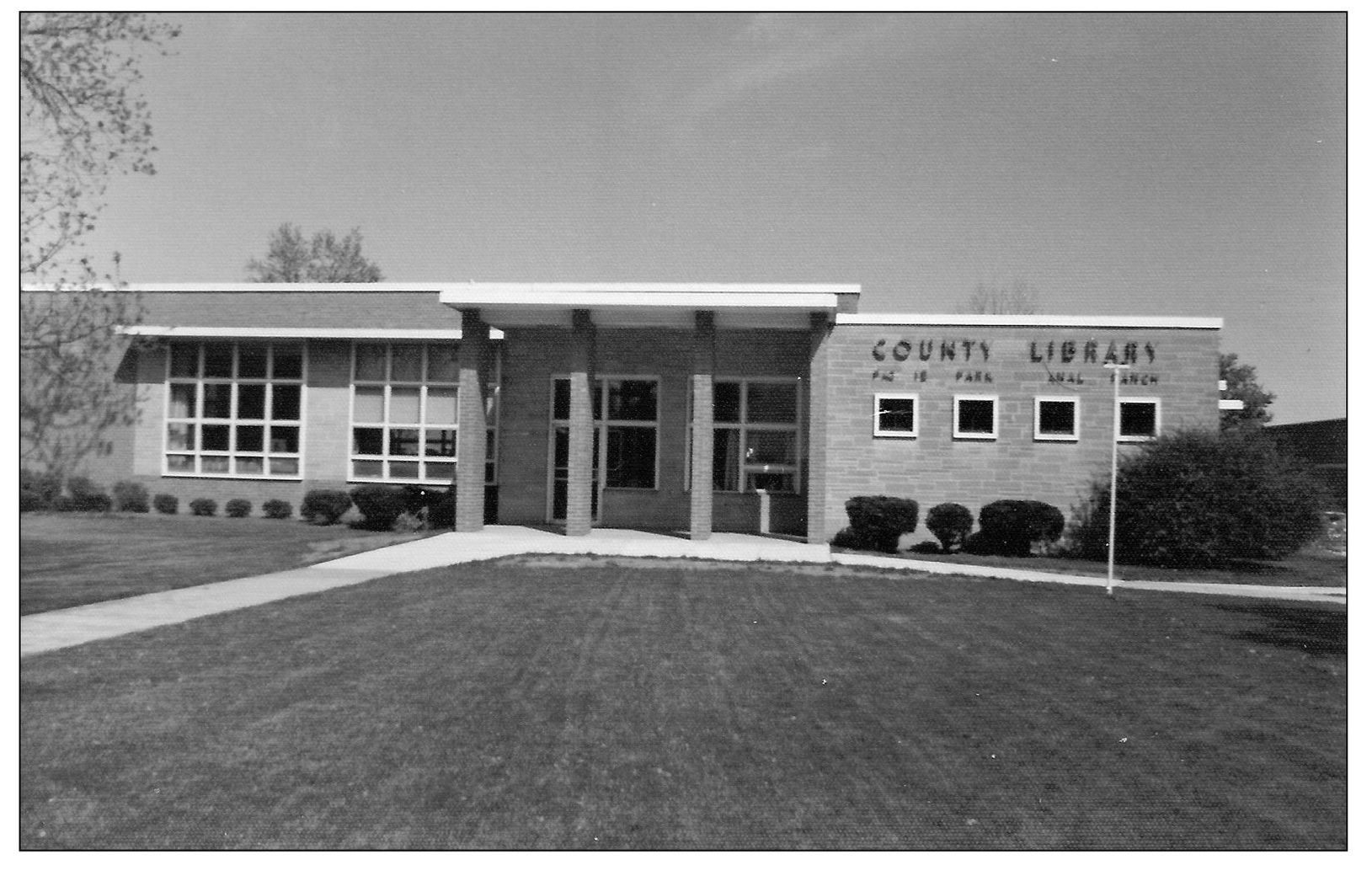
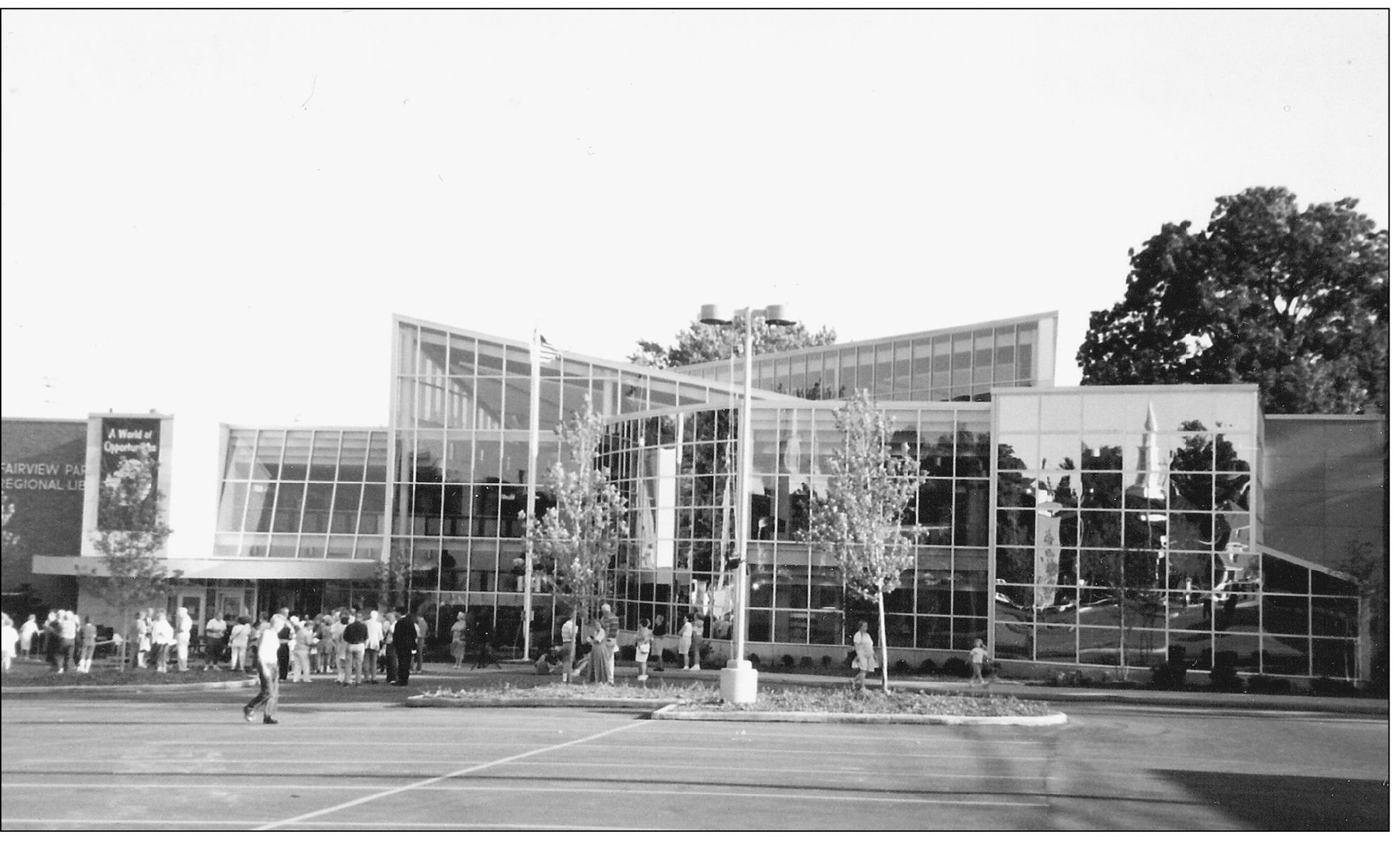
Libraries have struggled against modern technology to prove that something as old fashioned as reading books is still popular. Fairview Park obviously proved that it was when a huge new library was dedicated on August 8, 1997. (Fairview Park Historical Society.)
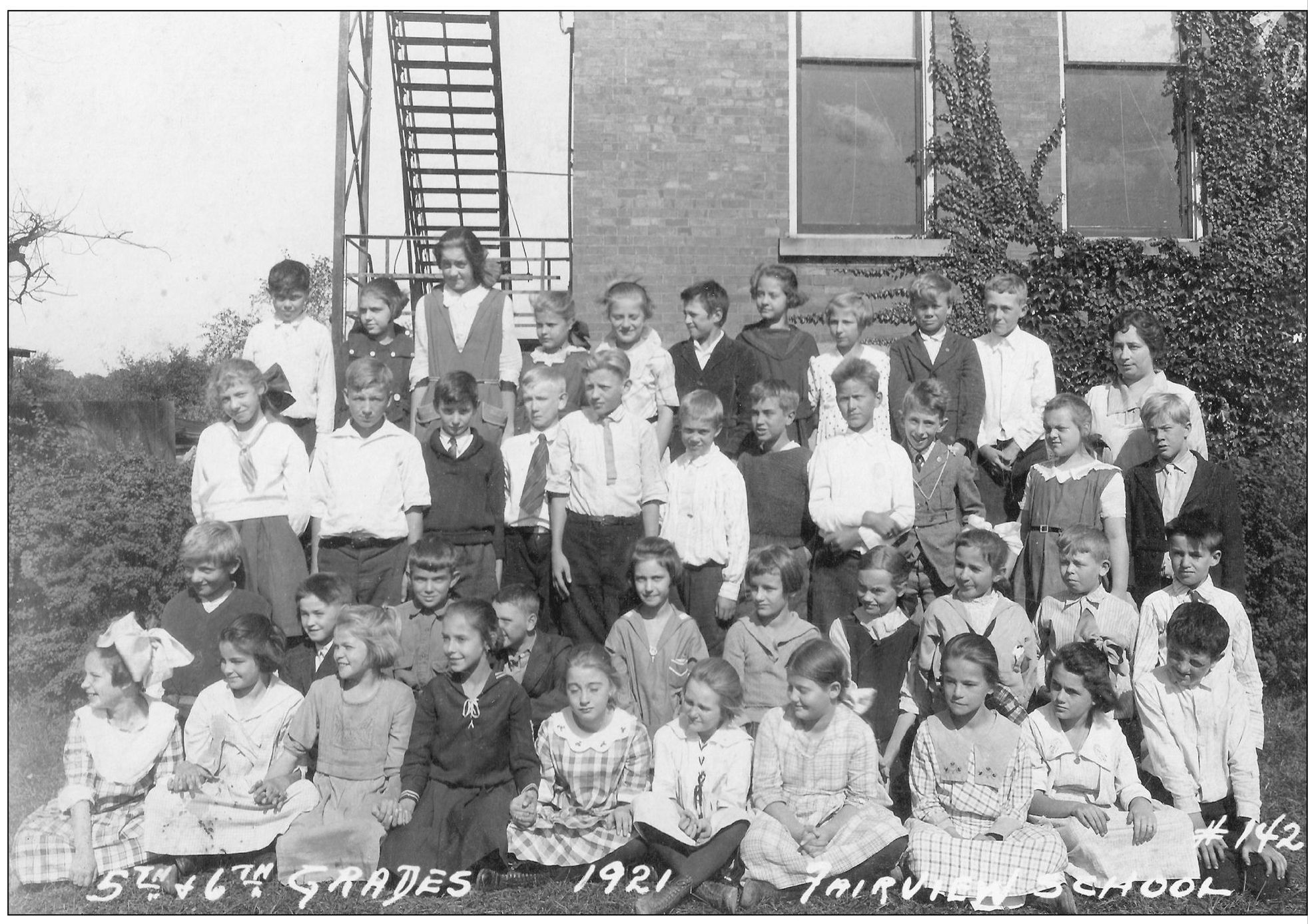
Here are the fifth and sixth grades in 1921 shortly after the school’s name changed from State Street School to Fairview Grammar School. The name changed again to Garnett School when the high school was built, to avoid confusion. This was the only school in the village until Gilles-Sweet School was built in 1925. The building was expanded a few times with four rooms and a gymnasium added about the time of this picture. Most of it was demolished in 1968 for the new Garnett School, which stood for almost 40 years, until it came down in 2007 for retail development. One can only speculate why most of the children in this picture are looking off to the right. (Fairview Park Historical Society.)
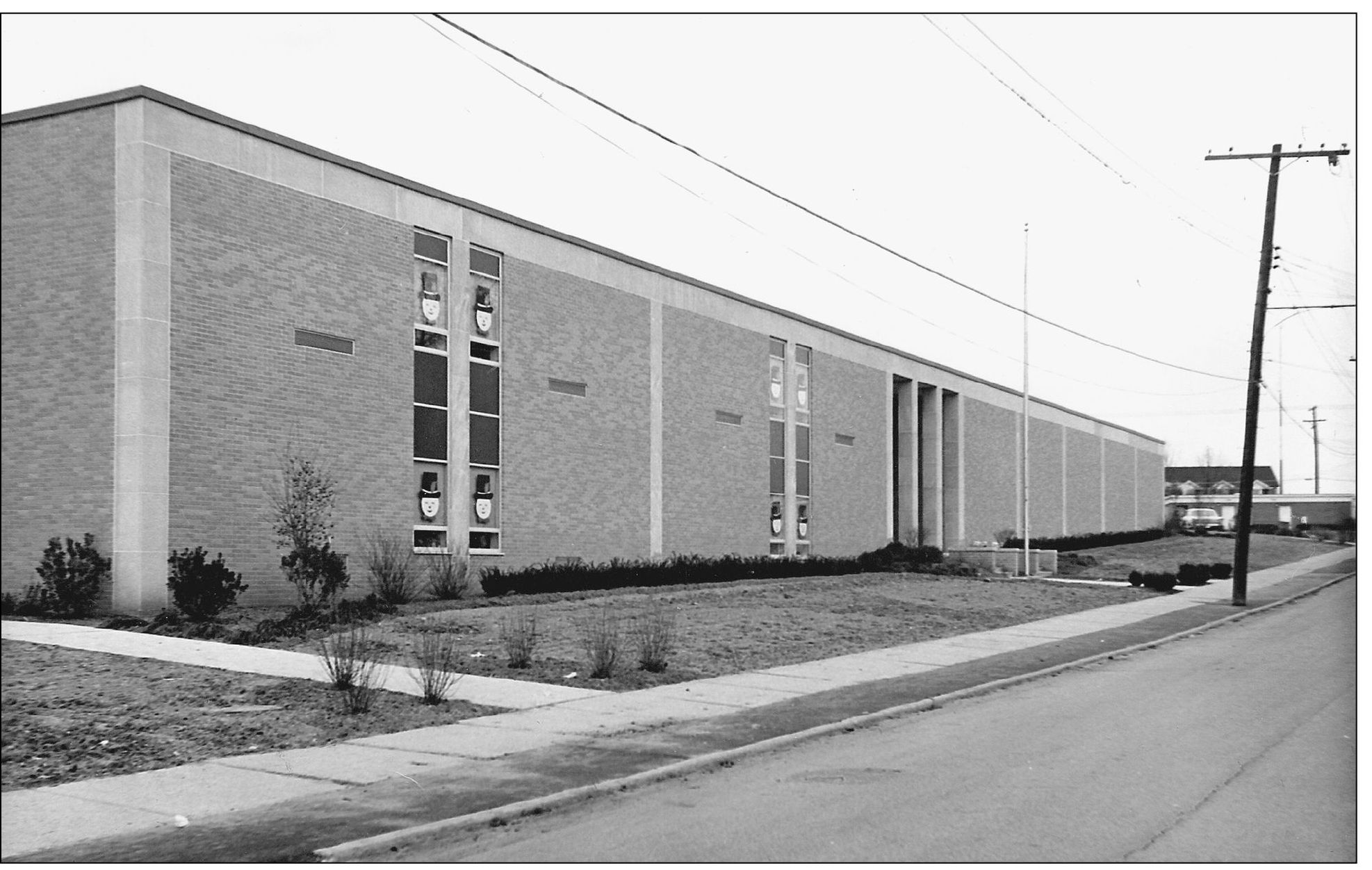
With all the expansions of the original building over the years, this was the most modern updating of Garnett School in 1968. When Fairview Grammar School needed a new name in 1928, the name was chosen to honor Lisle Garnett, who was on the village’s first board of education and its president for 15 years. He was married to Hannah, one of the daughters of Johann and Maria Frobetier, whose house was one of the first designated Fairview century homes. After some name changes and several expansions over the years, Garnett School was demolished in 2008. (Fairview Park Historical Society.)
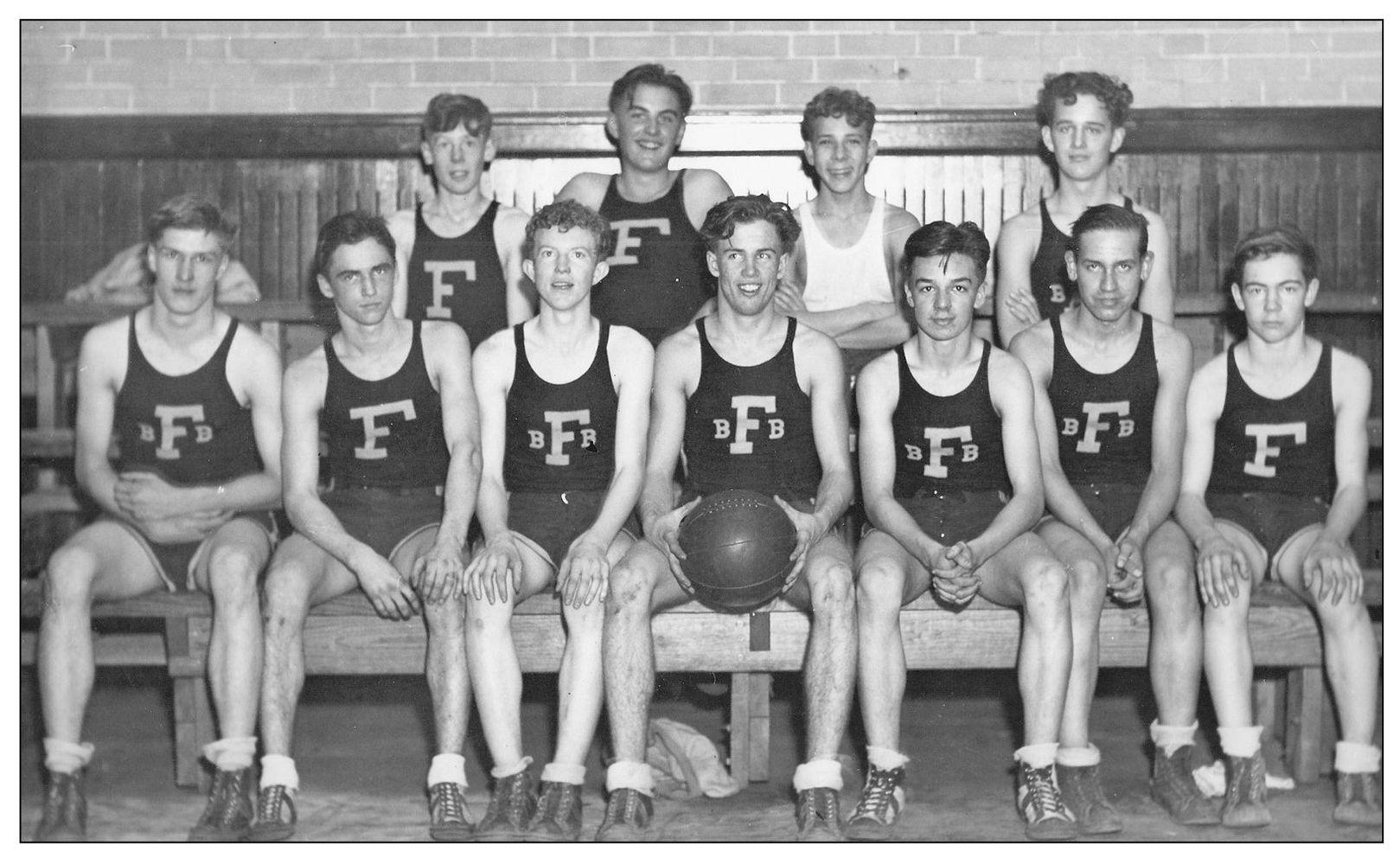
This picture of the 1931–1932 basketball team was in the first Fairview High School yearbook. (Fairview Park Historical Society.)
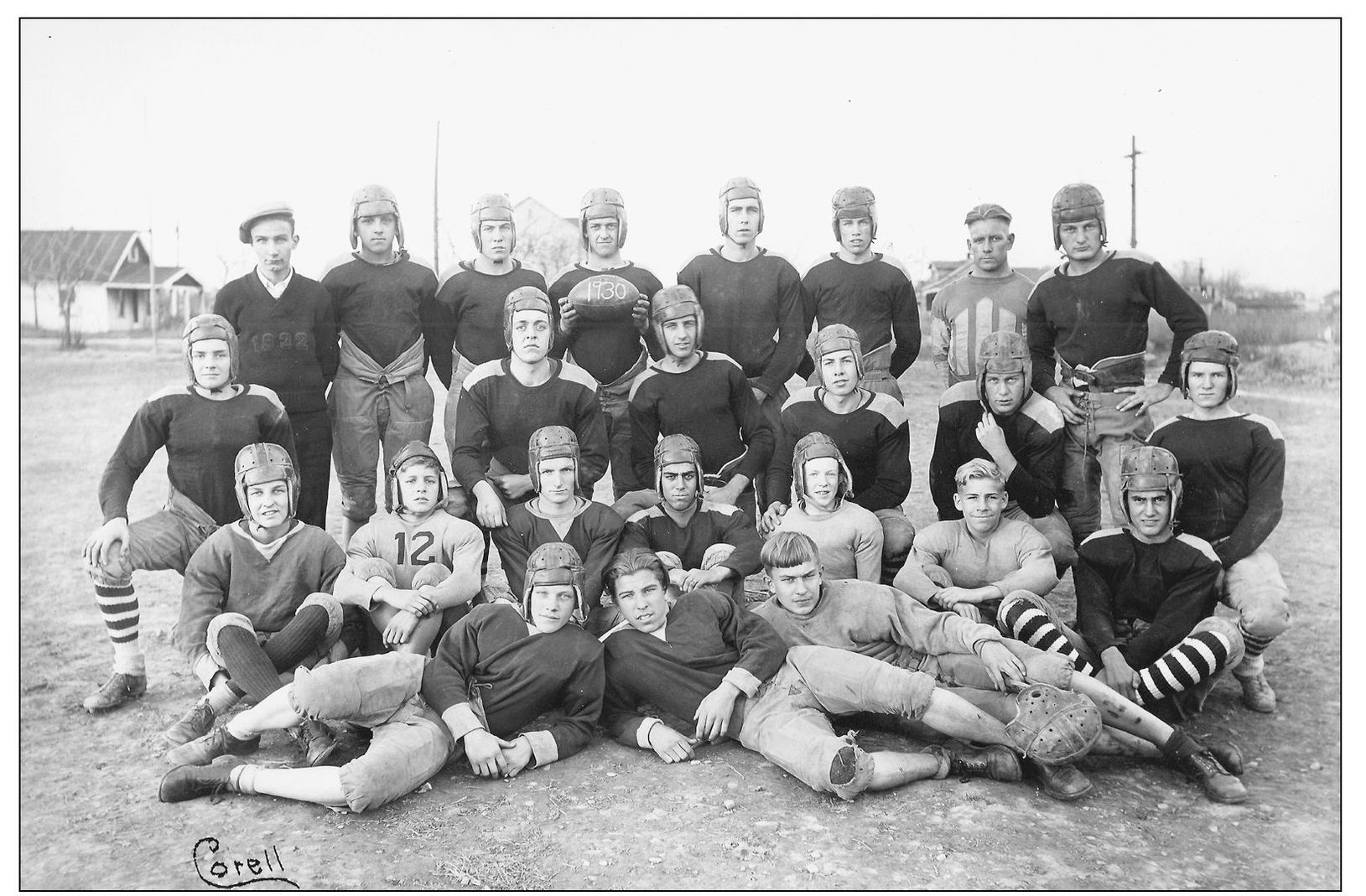
The 1930 Fairview High School football team looks ready to prove that because the village finally had its own high school, these guys were a force to be reckoned with. (Fairview Park Historical Society.)
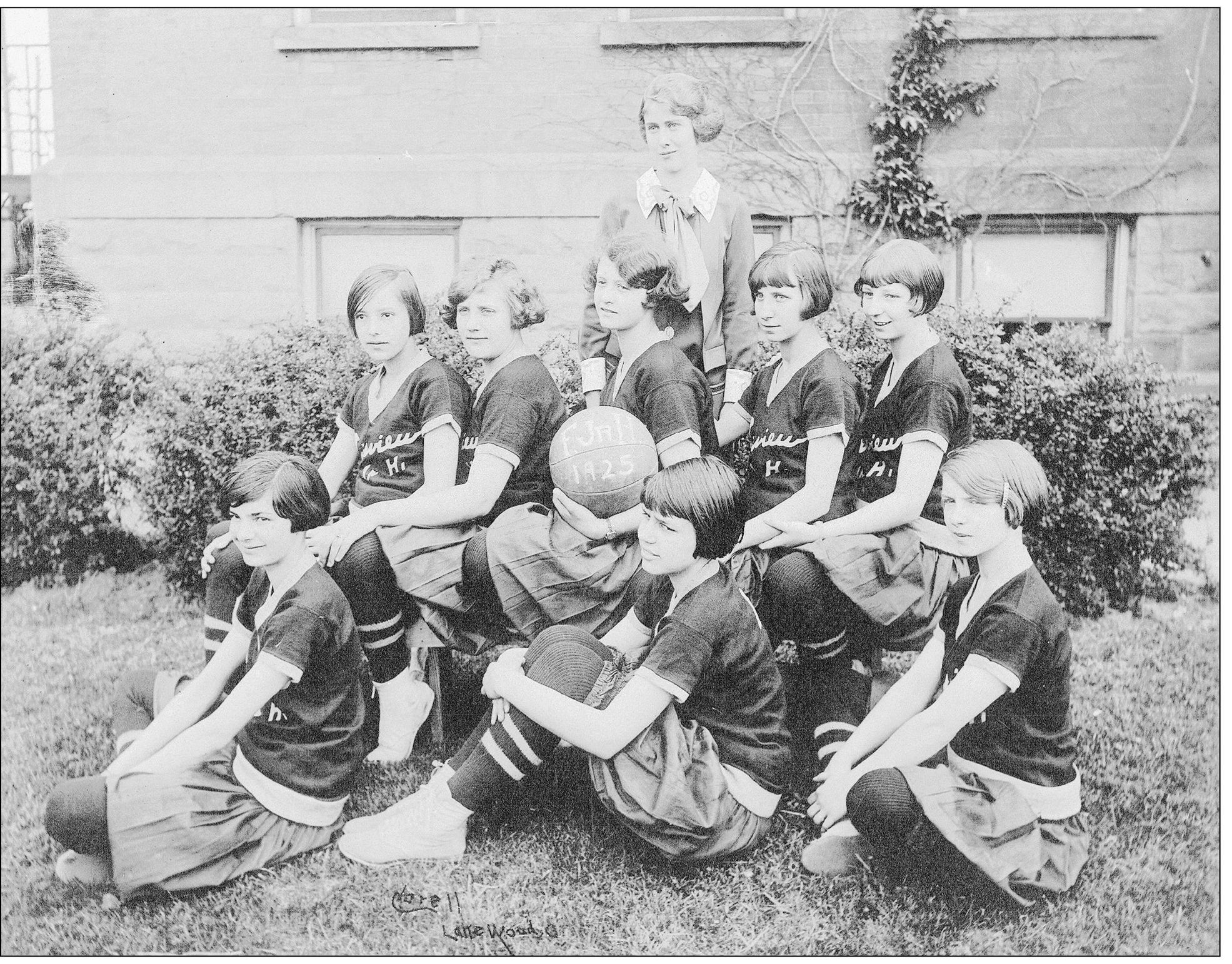
Posing at the usual corner of Garnett School where all school group shots were taken are female athletes from the junior high school around 1925. They were the oldest girls in Fairview Village sports, since no high school had been built yet. (Fairview Park Historical Society.)
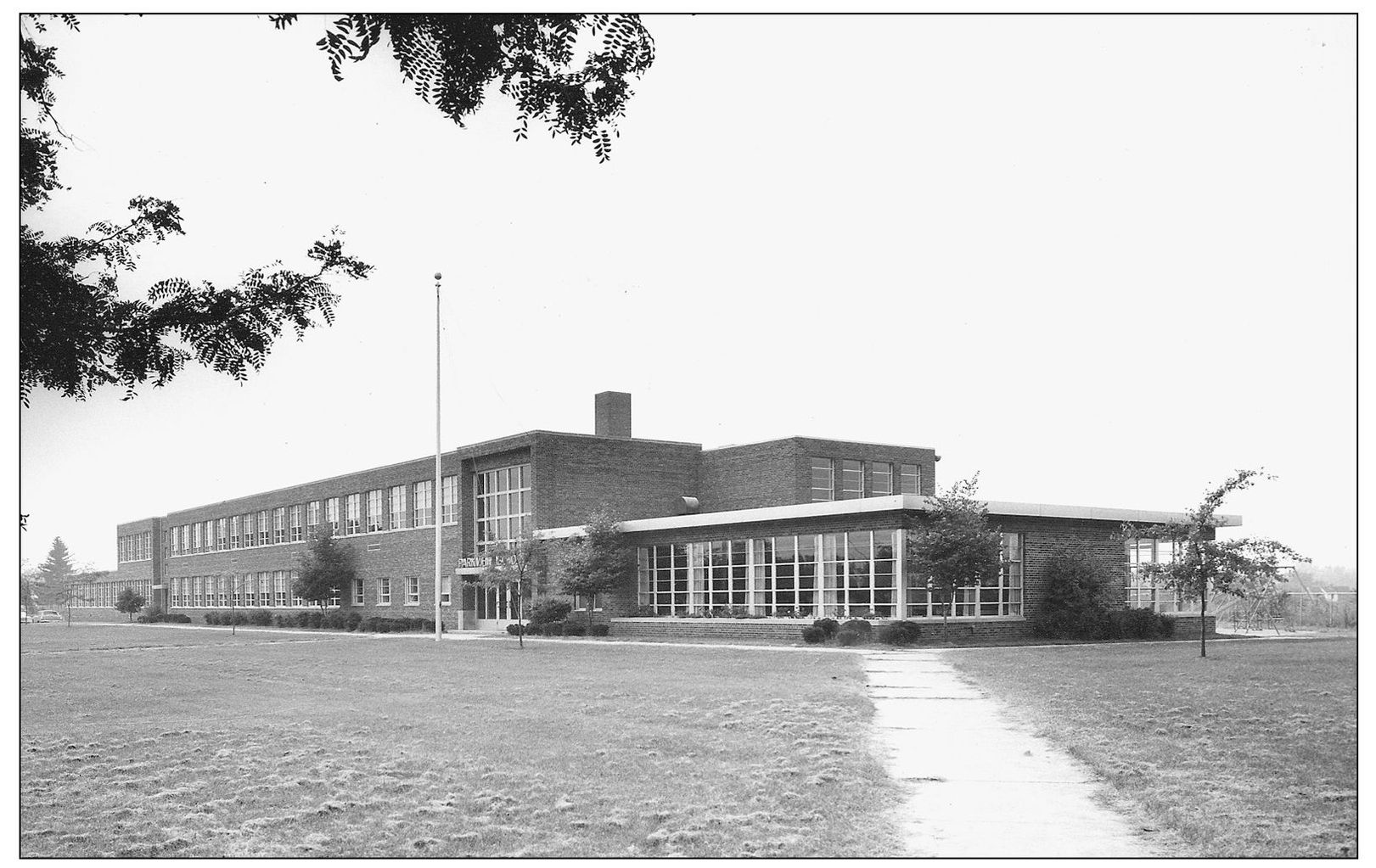
Parkview Elementary School opened in 1955 on land bought from the Spencers in 1926. When it ceased being a grade school, the board of education moved its offices from the Garnett area. For the school’s first 10 years, Margaret Schaefer Goebelt was the principal. Ten years after that, she wrote Fairview Park in Historical Review. (Fairview Park Historical Society.)
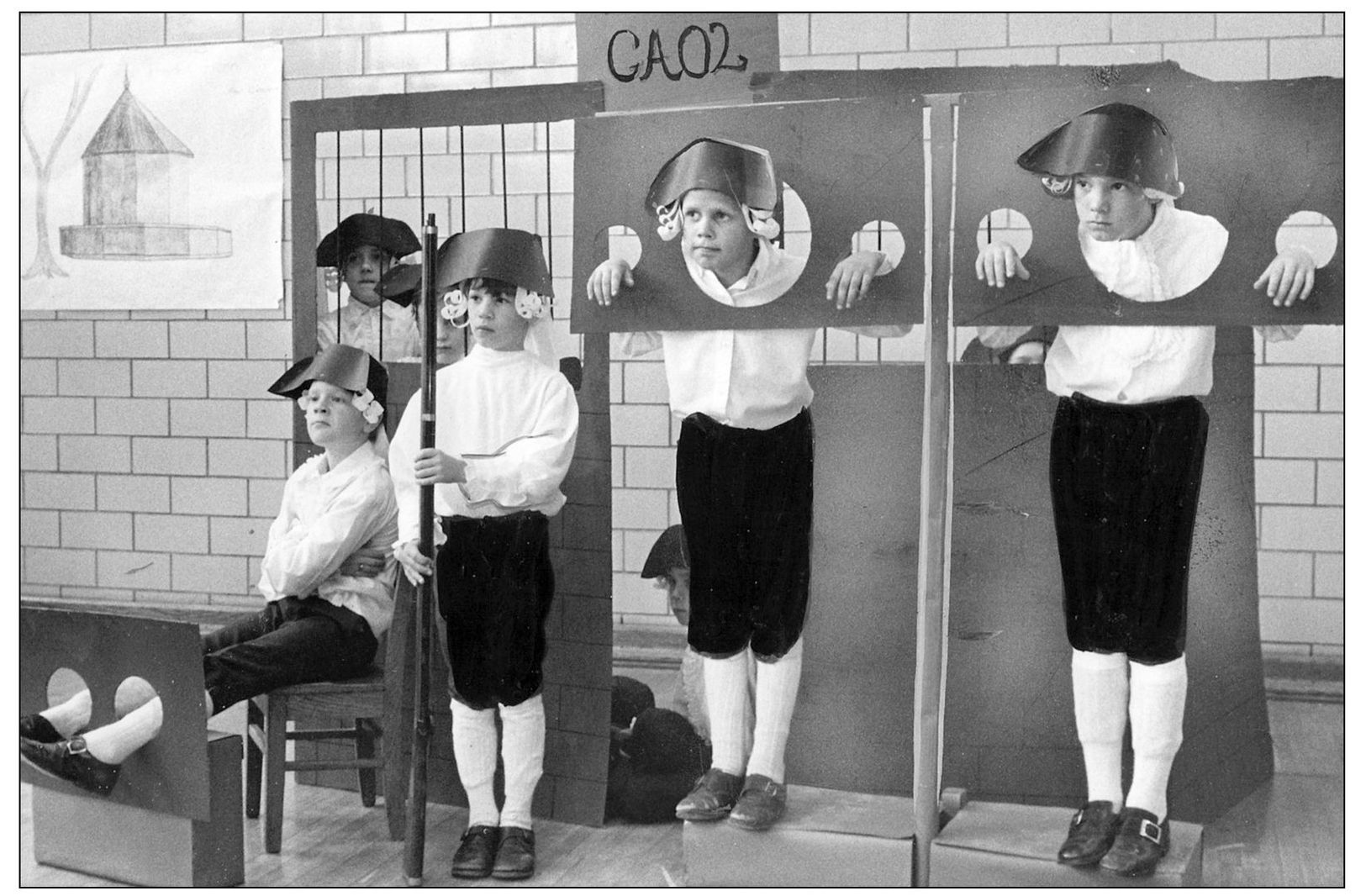
Students of Parkview Elementary School in 1966 are reenacting a Colonial-era penal system. The word gaol is old English for jail. From left to right are Jay Burkett, Bill Roemer, Billy Ruffner, and Bobby Mach, all eight years old. (Cleveland Press Archives, Cleveland State University.)
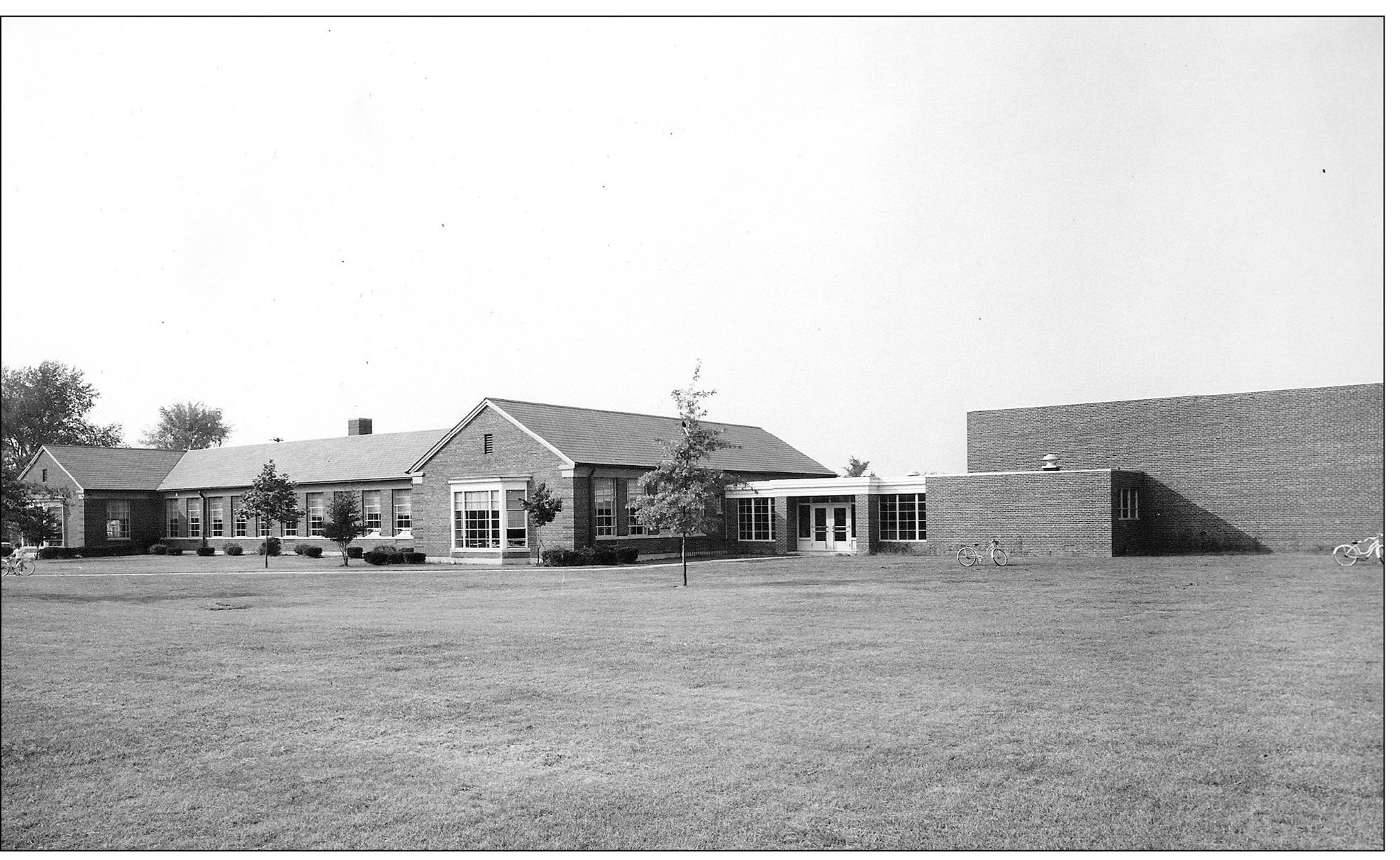
Although not quite the center of the neighborhood, it almost seemed like all the streets were radiating out from Coffinberry School. And yet, the school was not built until 1950. In later years, it got used as a day care until it was demolished in 2008. (Fairview Park Historical Society.)
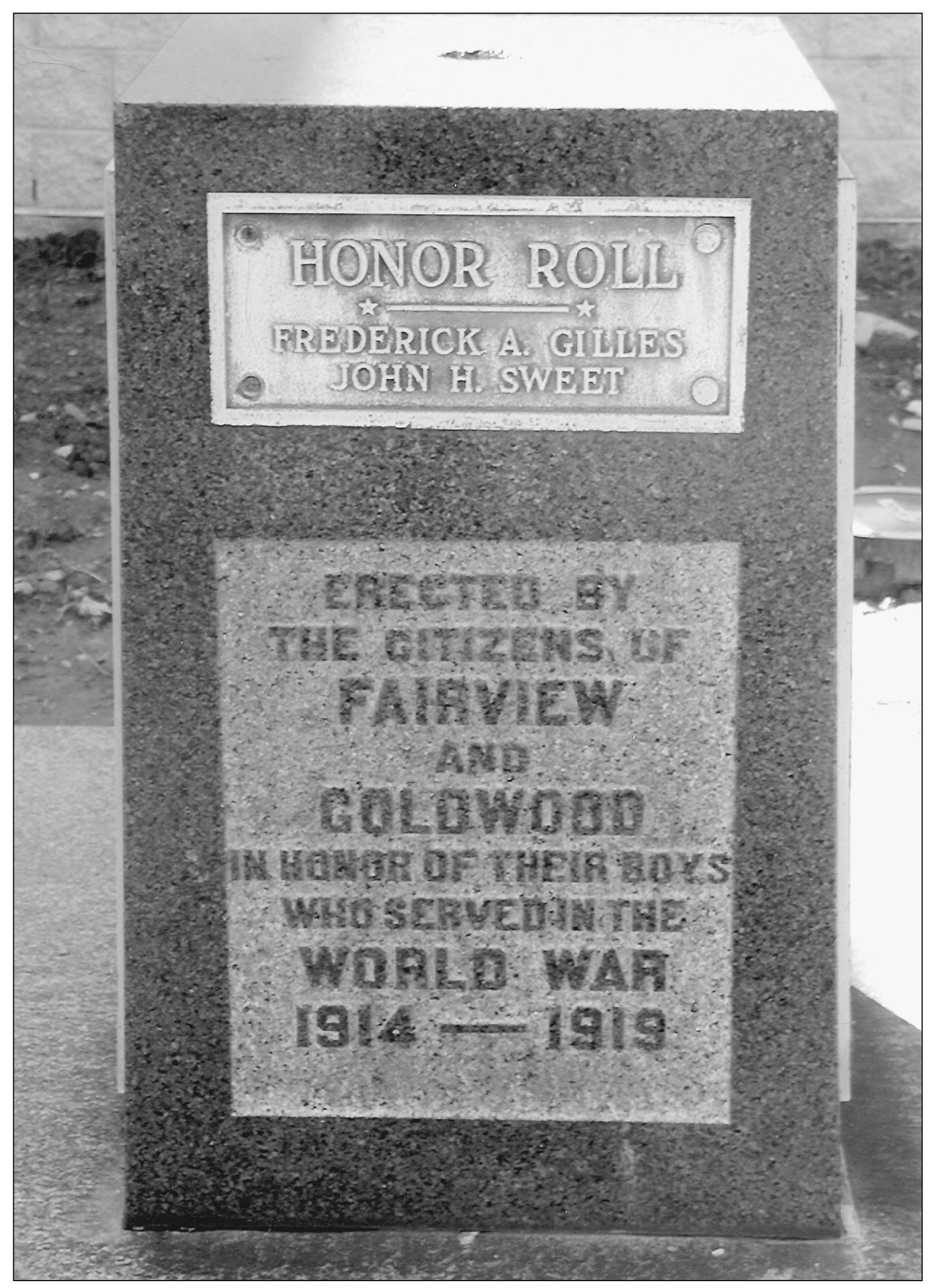
The following is from a John H. Sweet letter dated December 5, 1917: “When Germany finds us out she will assume a different attitude entirely—but when? Well here I am and there I was, and you yourself have seen me and know the change a month or two can produce. Germany is going to get licked, but how soon—after you and I are gone?” (Photograph by the author.)
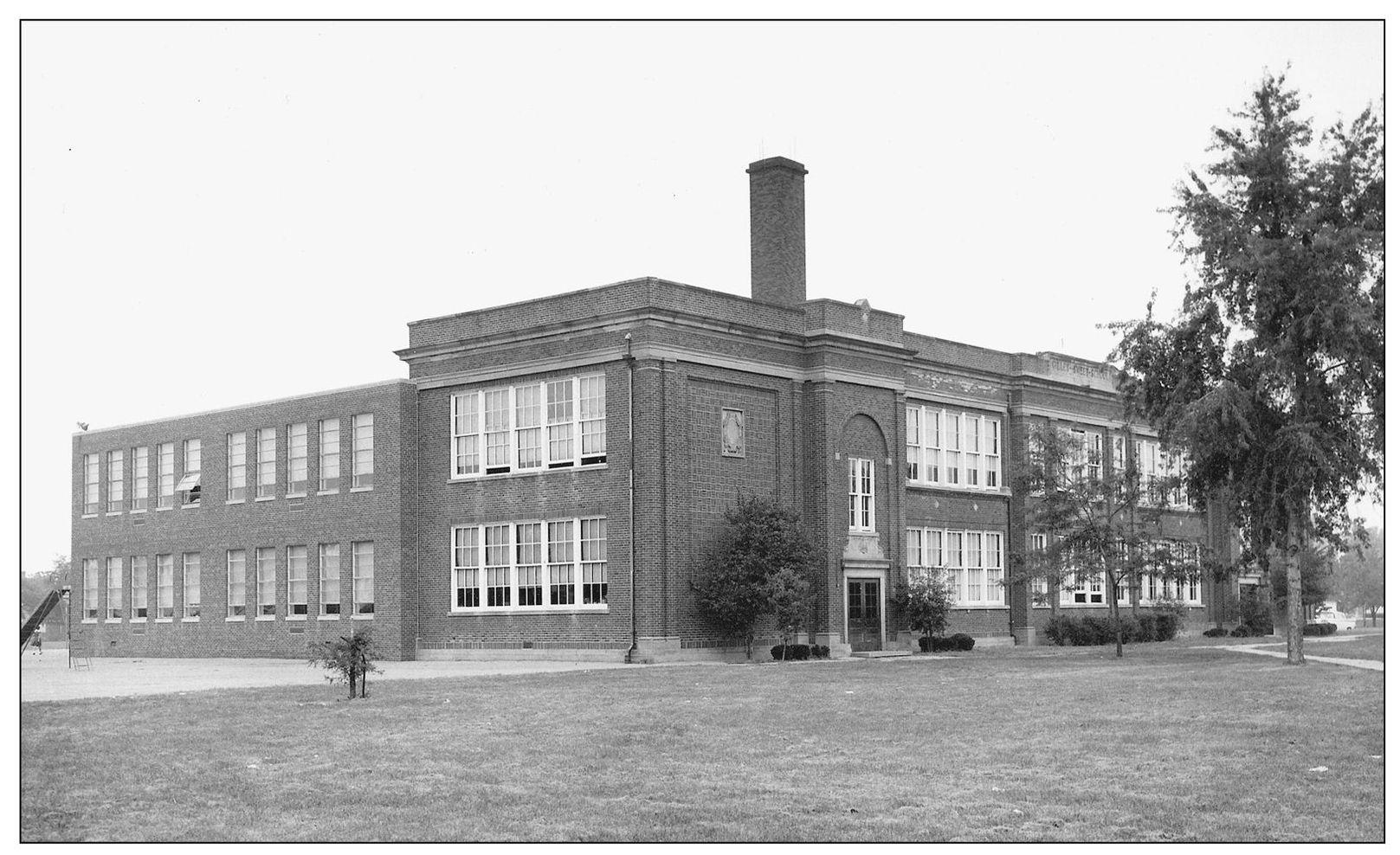
Gilles-Sweet School was named for John H. Sweet and Fred Gilles, both killed in World War I. Standing from 1925 to 2005, the original Gilles-Sweet School first closed in 1982 due to declining enrollment. It then became home to the senior center, the recreation department, the Fairview Park Hunger Center, Youth Challenge, and the Westshore Positive Education Program. (Fairview Park Historical Society.)
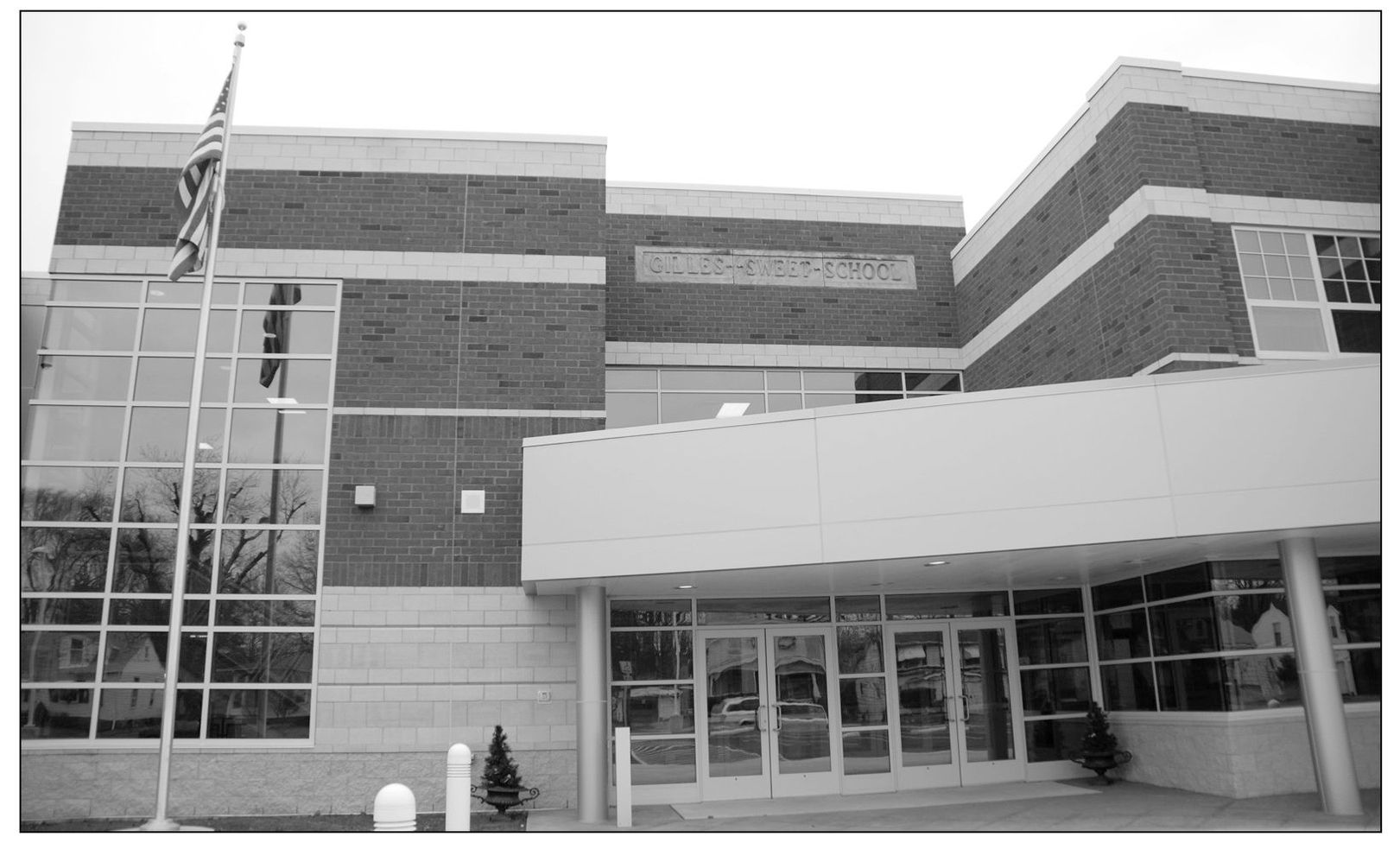
The new Gilles-Sweet School was dedicated on August 26, 2007. Much of the city was there for the grand opening as were a number of descendants of Gilles and Sweet. Particularly noticeable in pictures of the old building is the huge front lawn. The new building made use of this space. Notice that the old stone bearing the name of the school was reinstalled over the new entrance. (Photograph by David Barnett.)
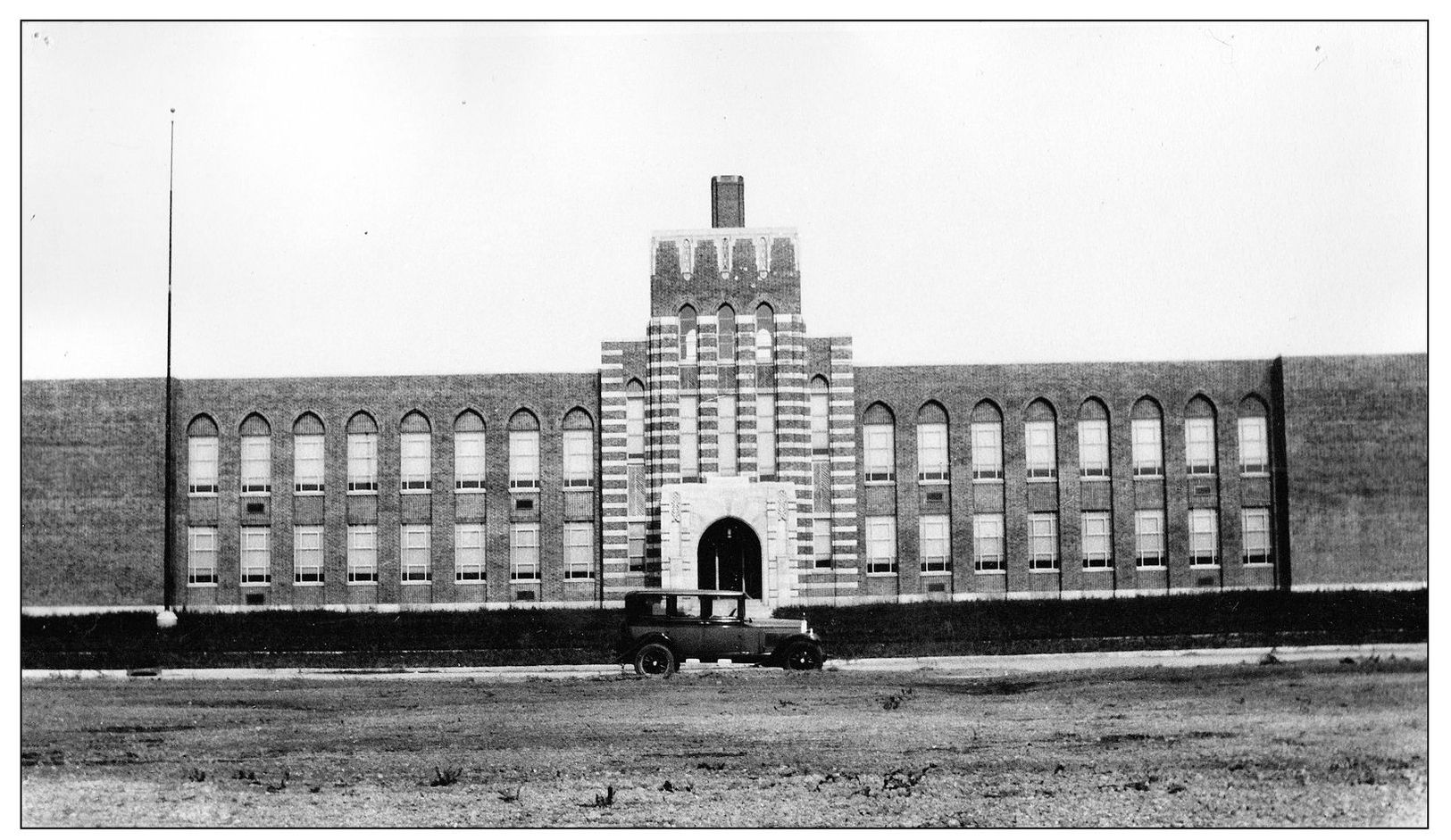
Judging from the parked car, this photograph is probably from the high school’s opening. Before the high school was built in 1928, eighth graders had to take the state’s Boxwell-Patterson exam. If they passed, they could go to any accredited high school in the state; some went to Cleveland, and some went as far as Elyria. It was similar to the SAT tests that present-day high school seniors take to advance to college. (Fairview Park Historical Society.)
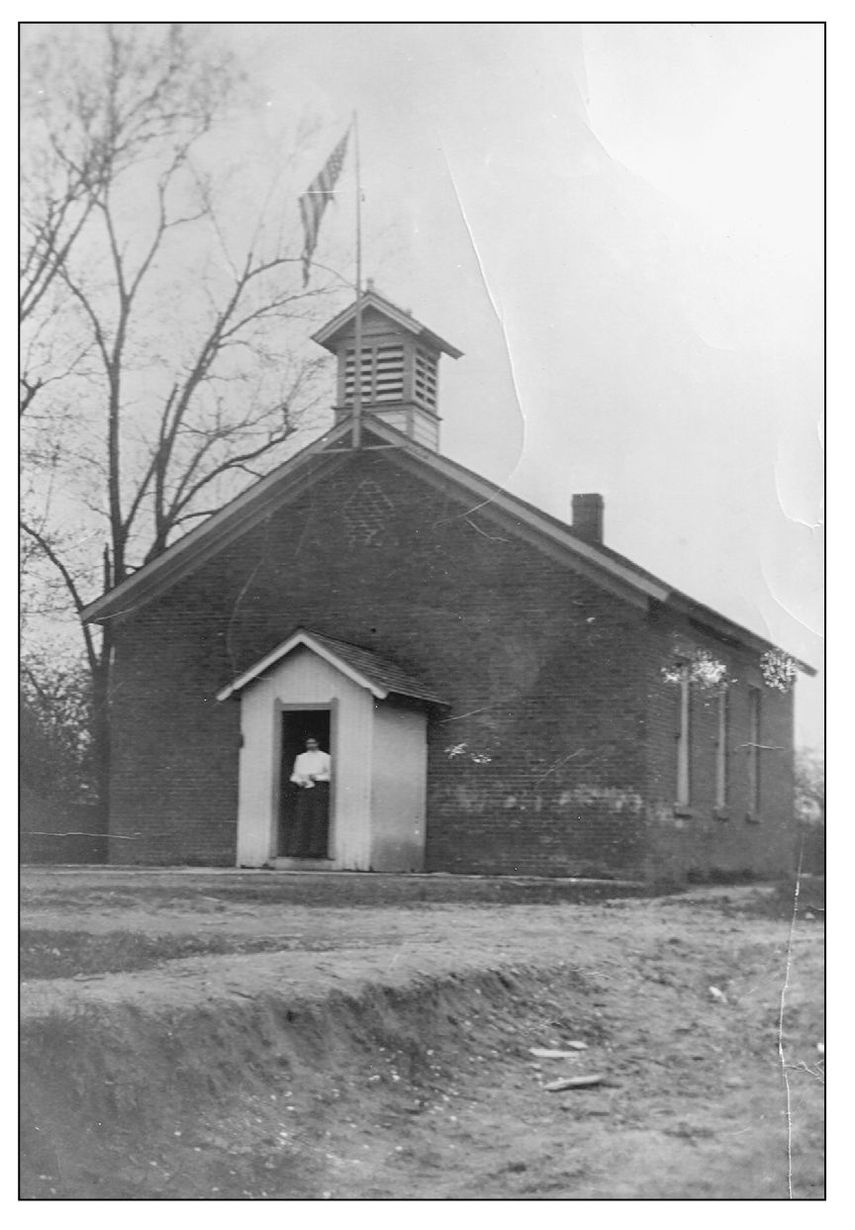
After about 20 years, the first public school in the area was replaced in 1860 by this building, across the street, the one-room State Street School where Garnett School later developed. A two-room school replaced it about 1908, with two more rooms added in 1917 and four more in 1921. It was called Fairview School and State Road School before becoming Garnett School. Teacher Hattie King stands in the doorway. (Fairview Park Historical Society.)
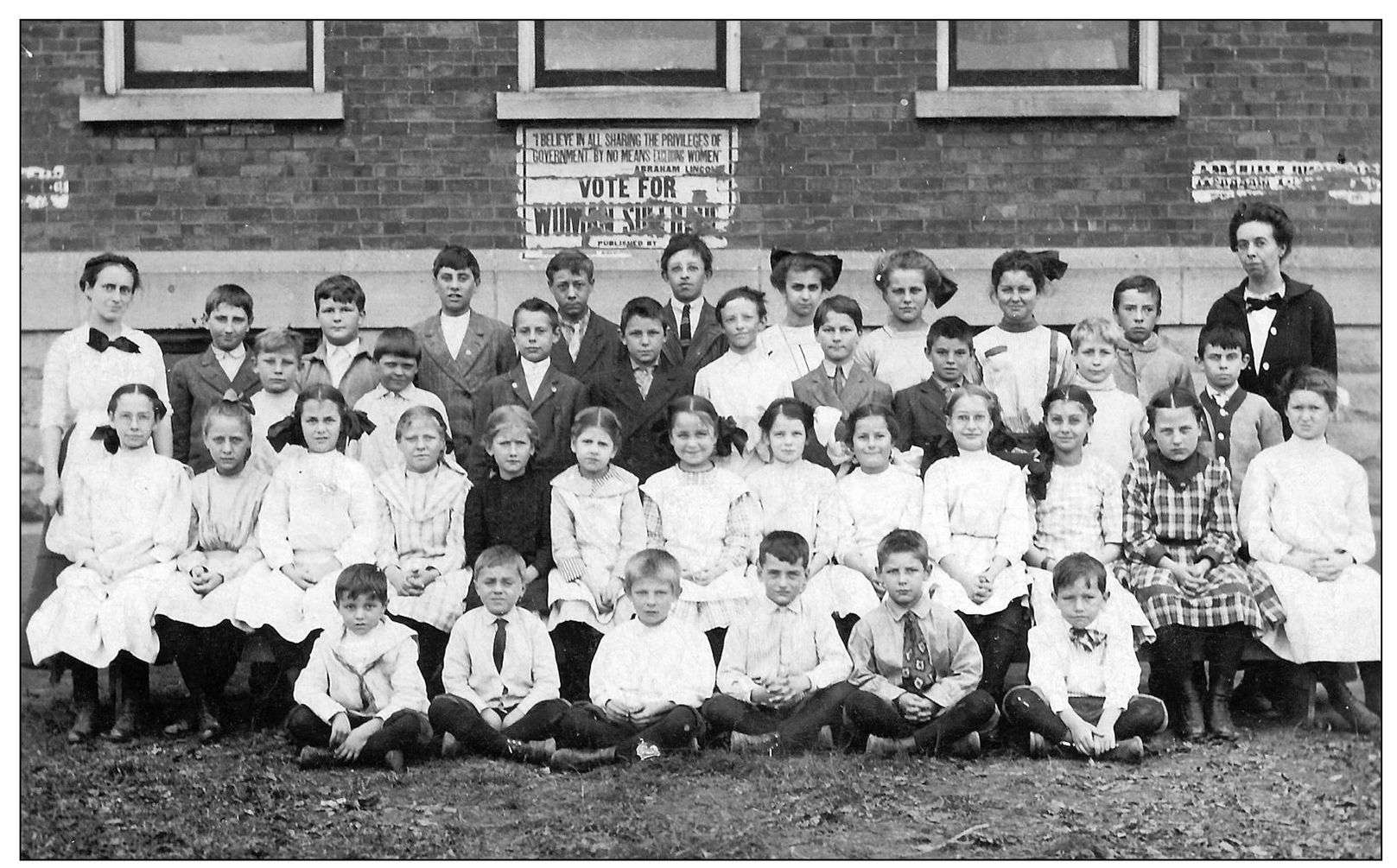
One might wonder in modern times with all the polarization in political views how radical it was having a sign for women’s suffrage behind these Fairview Village children in 1907. The teachers are Hattie King (upper left) and Irene Nettleton (upper right). (Fairview Park Historical Society.)
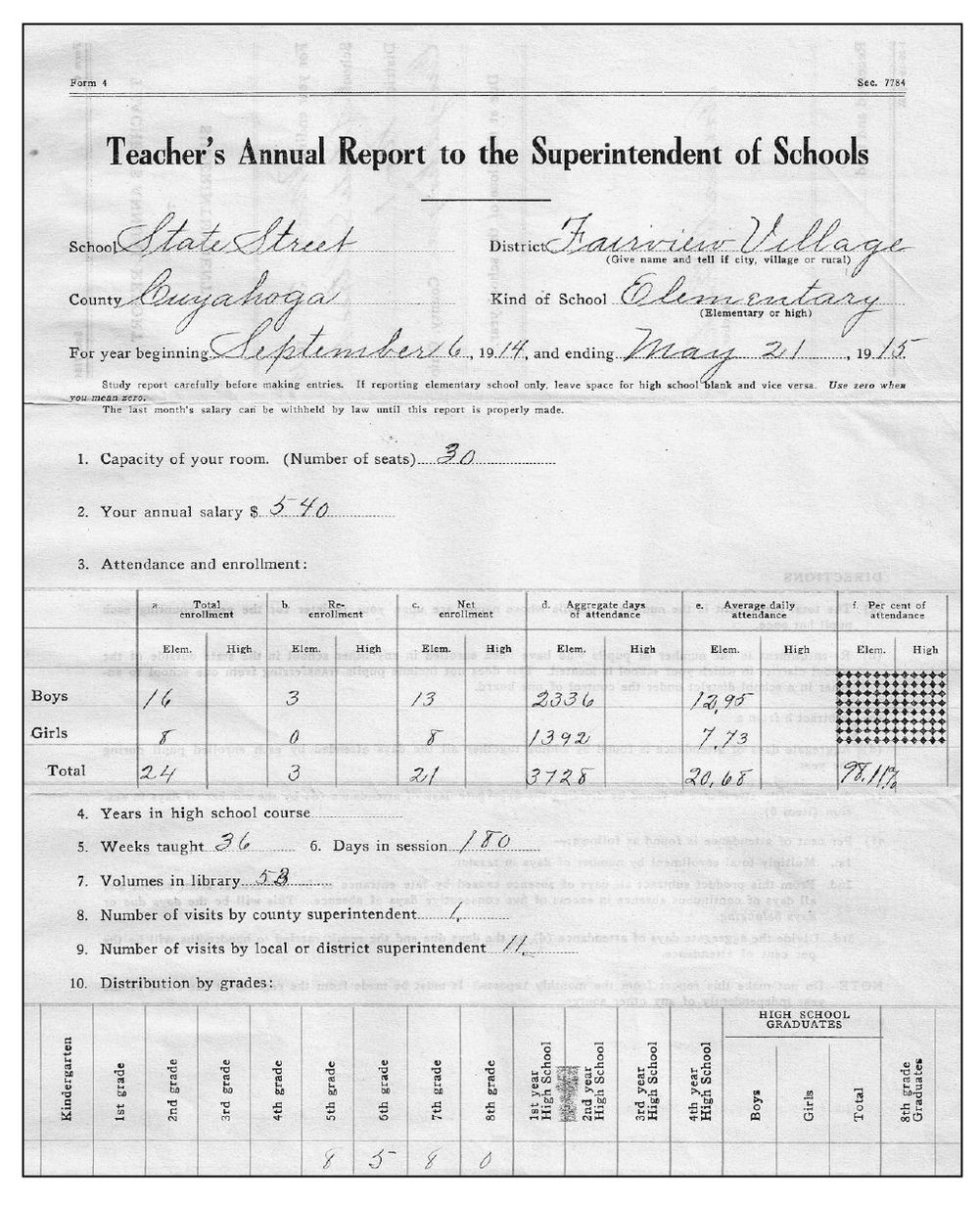
Here in 1915, Anna Baker is reporting that she makes $540 a year teaching in the two-room State Street School. Margaret Schaefer Goebelt wrote, “Teachers were required to sweep the schoolroom daily, scrub the floor once a week, start a fire in the stove an hour before class time, and supervise that the water bucket was filled and the dipper clean. No drinking fountains or paper cups then—everyone drank from the same long-handled dipper.” (Fairview Park Historical Society.)
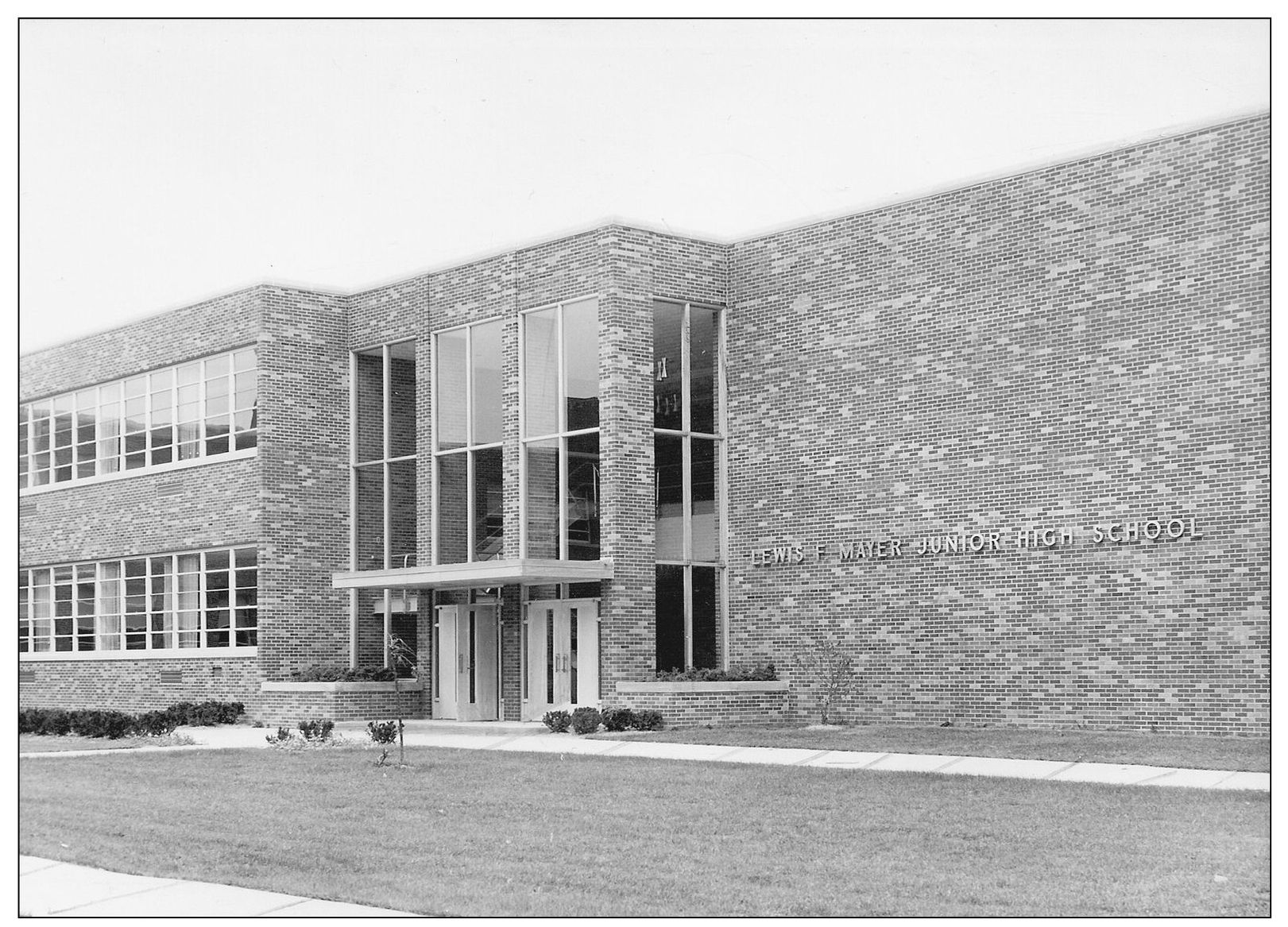
Lewis F. Mayer received the highest honor an educator can get, a school in his name, in 1960. He was recognized for his years of teaching and 43 years as the first superintendent. The only thing that changed about the entrance to Mayer Junior High School is when the name was changed to Mayer Middle School. (Fairview Park Historical Society.)
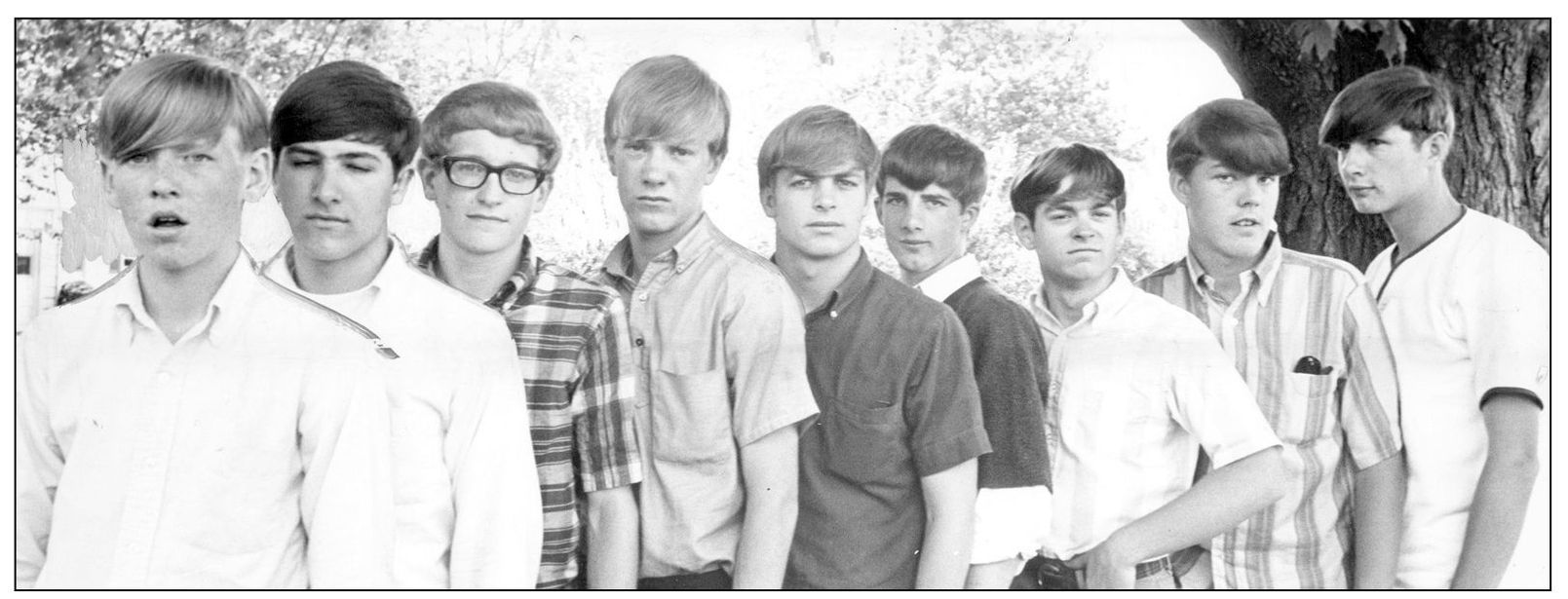
Even though about five years later the dress code would be liberalized to allow blue jeans and long hair on boys, these guys in May 1965 were ordered by Fairview High School principal Jack Moore to get their hair cut because he said they looked “ridiculous.” (Cleveland Press Archives, Cleveland State University.)
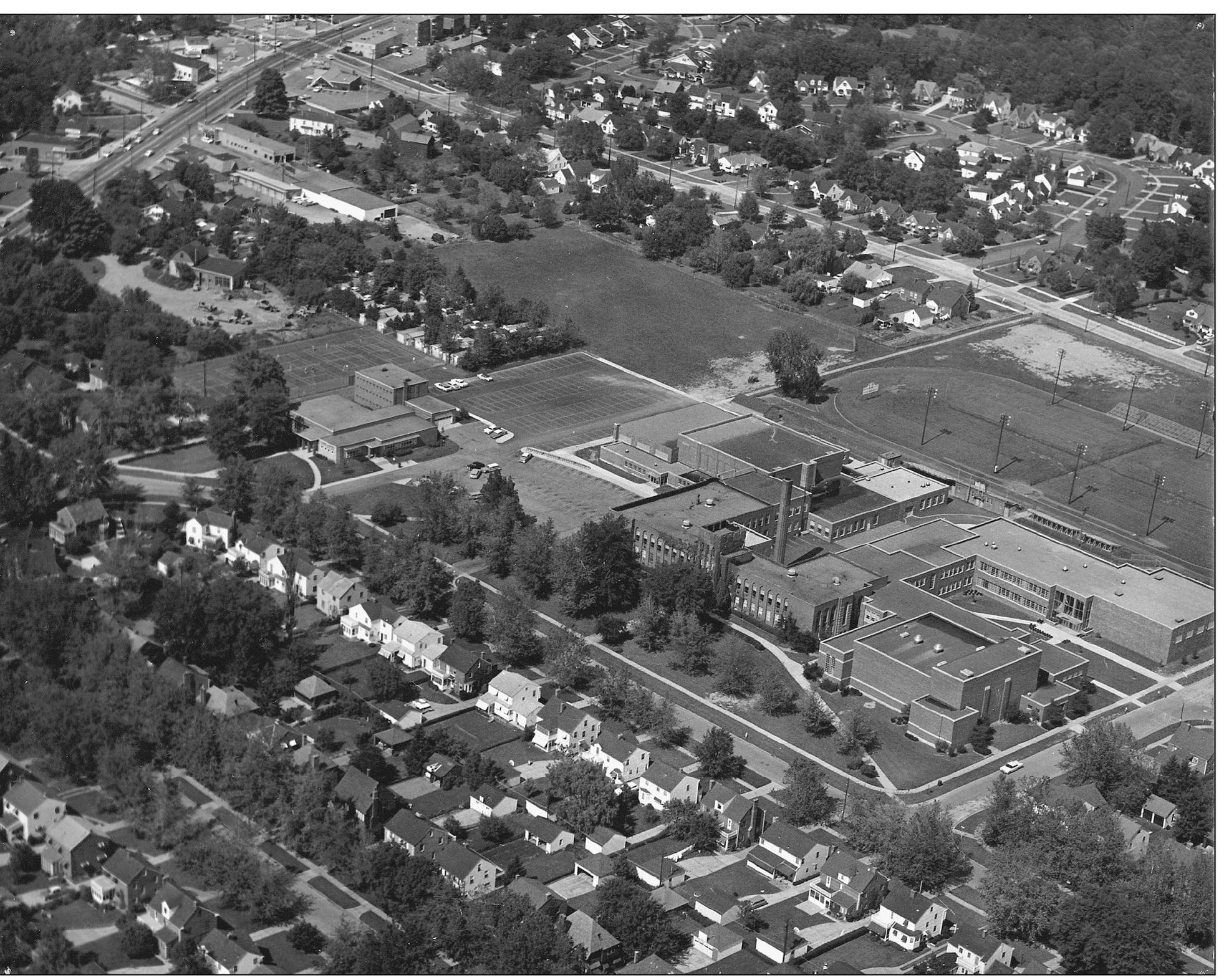
Fairview High School was built with room to expand as needed. First additions came in 1948. The 844-seat auditorium came in 1954. Since the Mayer Junior High School and swimming pool were built in 1960, this photograph was probably shot to reflect the now-completed campus. (Fairview Park Historical Society.)